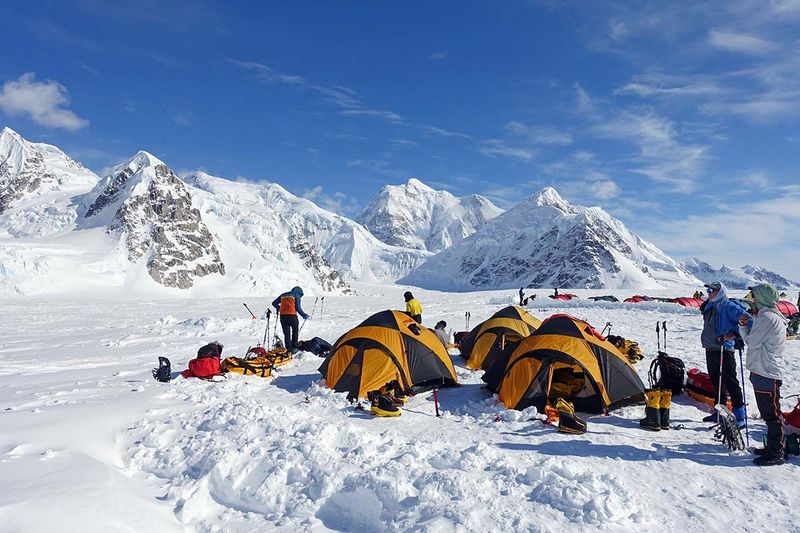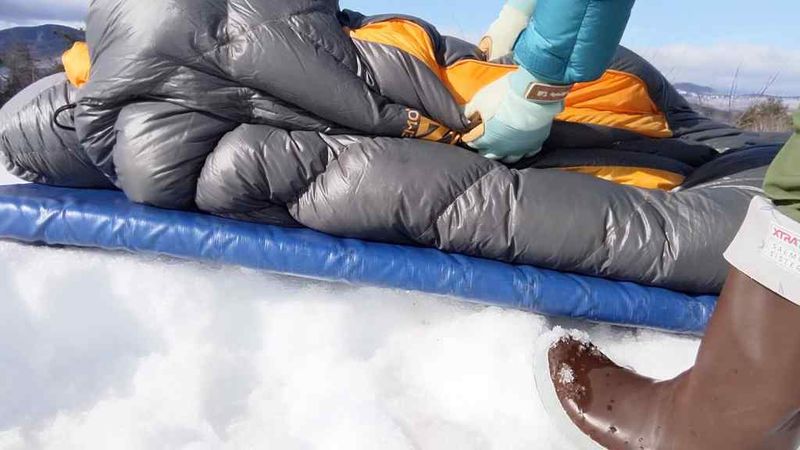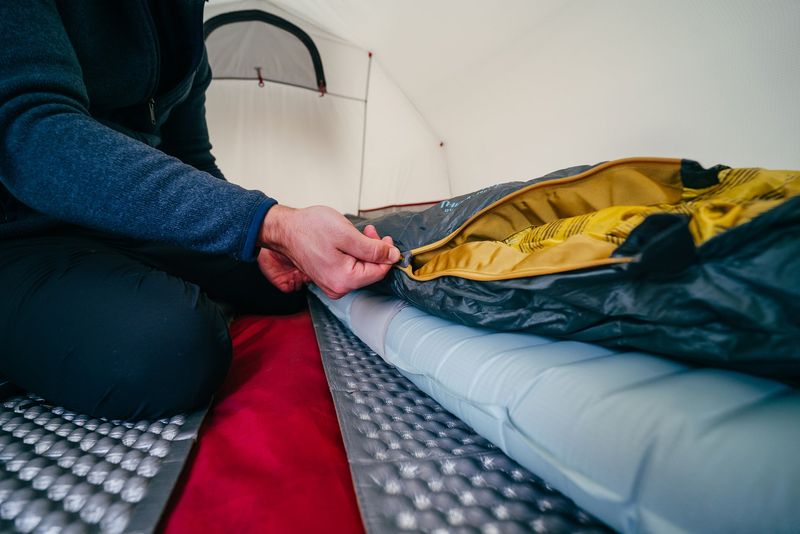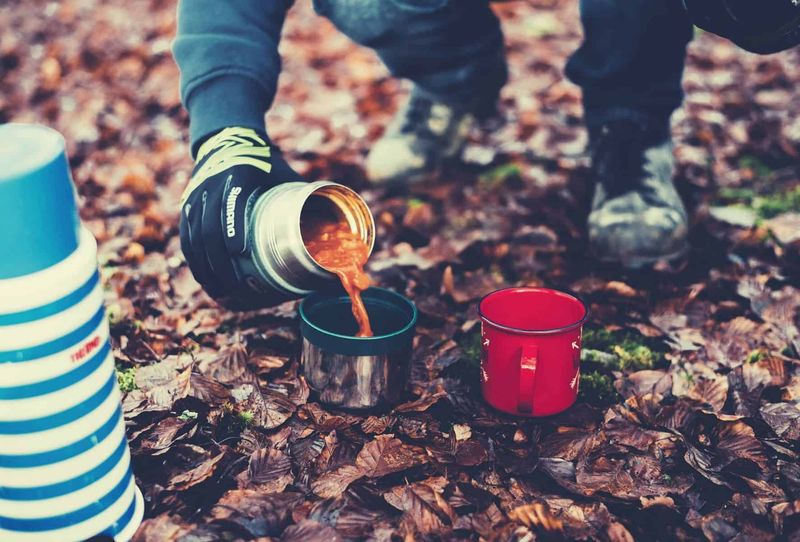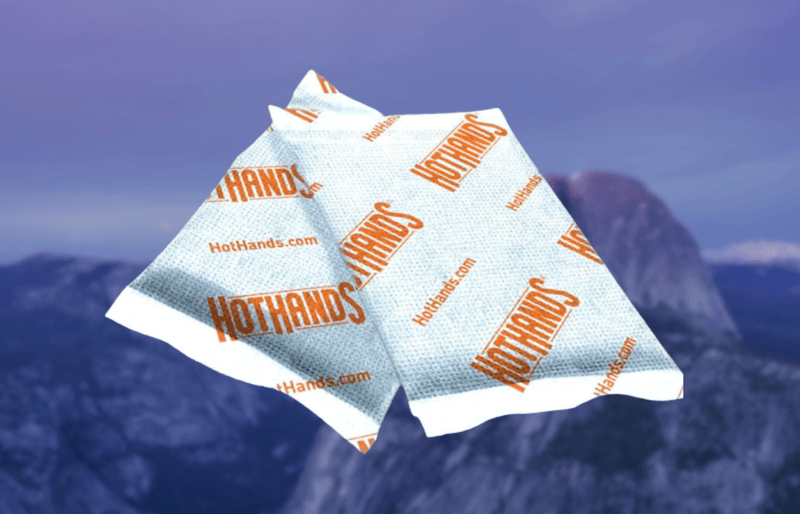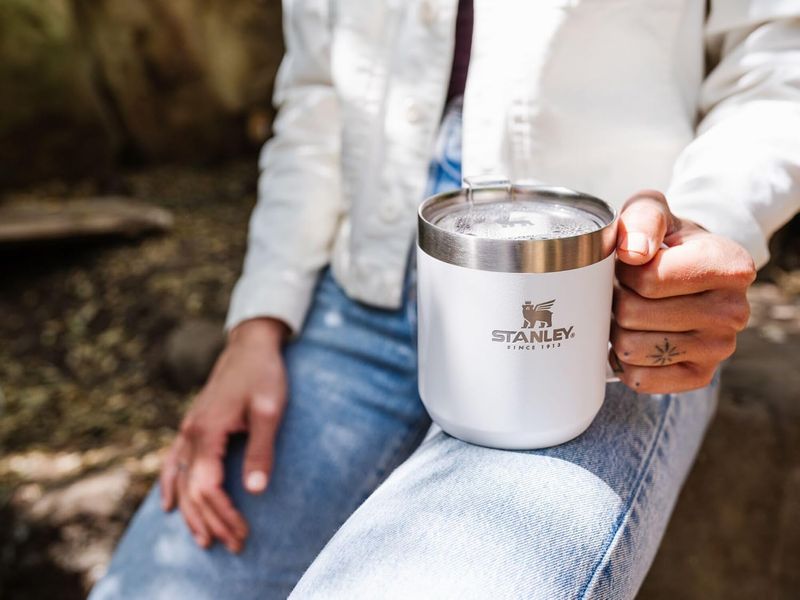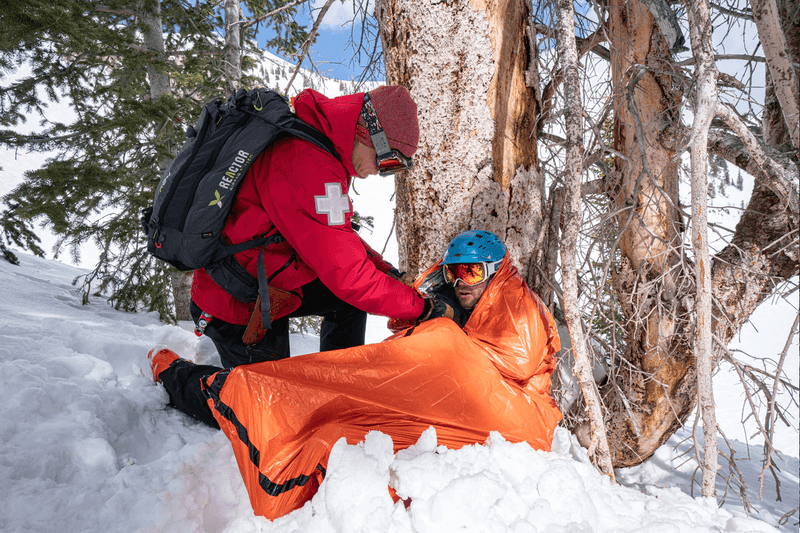Winter camping can be magical – crisp air, quiet forests, and star-bright nights. But the cold is unforgiving, and the wrong gear can turn adventure into emergency fast. This guide spotlights 15 proven accessories that punch far above their weight for warmth, safety, and comfort. Read on to upgrade your kit with field-tested picks, pro tips, and smart alternatives that keep you cozy when temperatures plummet.
1. Shelter – 4-Season Tent
Your shelter is mission-critical when the mercury plunges and winds howl. A true 4-season tent uses robust pole architecture and steep walls to shed snow, resist gusts, and retain warmth. The Mountain Hardwear Trango 2 is a classic for bombproof performance, while the Hilleberg Keron 4 GT offers palatial room without sacrificing strength. Pitch on firm, level snow, lay a matched footprint, and anchor with snow stakes or buried deadmen. Ventilation matters – crack vents to reduce frost buildup. Practice pitching with gloves before departure. This single upgrade often separates comfortable nights from white-knuckle survival.
2. Cold-Weather Sleeping Bag
Choose a sleeping bag rated at least 10°F (5–6°C) below your expected low to build a safe buffer against cold snaps. Down bags like the Feathered Friends Snowbunting EX 0°F offer exceptional warmth-to-weight and proven durability; the Mountain Hardwear Phantom 0°F is a strong alternative. Protect loft by keeping the bag dry with a waterproof stuff sack. Pair with a high R-value pad to stop ground chill. Sleep in dry base layers, use a draft collar correctly, and stash a hot-water bottle at your feet. Test your system at home before heading into deep cold.
3. Insulated Sleeping Pad
Ground conduction is a silent heat thief. A high R-value pad, like the Therm-a-Rest NeoAir XTherm NXT, creates a critical barrier against frozen terrain. Many winter campers add a closed-cell foam pad beneath for redundancy and puncture protection. Inflate slightly firm, then fine-tune to comfort – too much air can feel colder. Use a repair kit and practice patching at home. Keep the valve off the snow to reduce icing. In extreme cold, stack pads for R-value synergy. This upgrade often yields the biggest overnight warmth gains after your sleeping bag.
4. Portable Winter-Proof Stove
In winter, a reliable stove is your lifeline for melting snow and making hot meals. The MSR WindBurner excels in gusty conditions thanks to its enclosed burner and radiant heat. Plan significantly more fuel than in summer – snow melting devours canisters. Keep canisters warm in a jacket or use a foam pad under the stove. Shield flames from wind and use wide pots for efficient melting. Always crack tent vents if cooking under shelter. Practice cold starts at home so you’re not troubleshooting with numb fingers at dusk.
5. Insulated Water Bottle / Thermos
Keeping liquids from freezing preserves hydration and morale. A well-built thermos, like the YETI Rambler 18 oz, keeps tea, soup, or hot water warm for hours. Fill it at night and tuck it into your sleeping bag for toasty feet, then sip warm water at dawn. Store bottles upside down so ice forms at the bottom, away from the lid. Use insulated sleeves and stow containers inside your pack. Avoid narrow lids that can freeze shut. A dependable thermos may be your favorite luxury when the world turns white.
6. Snow Stakes / Deadman Anchors
Conventional tent stakes fail in soft snow. Broad, perforated snow stakes like the MSR Blizzard bite deeply and hold fast. In deeper snow or wind, bury deadman anchors – use stakes, stuff sacks filled with snow, or sticks tied to guy-lines and buried horizontally. Stamp the snow firm and let it sinter before tensioning. Practice anchor techniques in the backyard so setup is swift in a squall. Carry extra cord and a small shovel to build bomber anchors. Your tent’s stability – and your sleep—depend on it.
7. Gaiters
Gaiters seal the gap between pants and boots, keeping snow, spindrift, and slush out. Outdoor Research Crocodile Gaiters are renowned for abrasion resistance, tall coverage, and secure closures. They shine when breaking trail, postholing, or wearing crampons. Fit them to your boots and adjust straps to avoid snagging. Combine with well-integrated socks and waterproof pants to form a moisture-blocking system. Dry them overnight to reduce ice buildup. A small accessory that prevents wet feet – and the misery that follows.
8. Traction Devices (Crampons or Microspikes)
Ice lurks on trails, camps, and frozen lakes. Traction devices such as Kahtoola K10 crampons or microspikes provide confidence on hardpack and low-angle ice. Choose spikes for rolling trails and K10-style crampons for firmer, steeper terrain. Practice walking before the trip to avoid awkward stumbles and to learn stride placement. Keep straps free of snow and check fit with your boots. Pack a small bag to avoid tearing other gear. Traction can turn sketchy traverses into simple steps.
9. Waterproof / Moisture-Blocking Stuff Sacks
Dampness kills loft and morale. Use waterproof compression sacks like the Sea to Summit eVent to protect sleeping bags and puffy layers. Color-code or label sacks to organize sleep, clothing, and cook kits. Roll the top meticulously and keep critical insulation separate from wet gear. In tents, avoid contact with frosty walls by clustering sacks at the center. Dry liners for boots and gloves ride in their own pouches. A few grams of prevention beats pounds of soggy misery.
10. Heat Packs / Hand Warmers
Lightweight chemical warmers deliver reliable heat to fingers, toes, and core. HotHands packs are cheap insurance for frigid starts, late-night chores, and emergencies. Stash a few inside gloves, boots, and pockets; keep extras with your first aid kit. Activate early to preempt numbness during camp setup. They also help keep batteries warm. While reusable options exist, disposables excel for simplicity and predictable output. Properly dispose of used packets. When dexterity fades, warmers keep you moving.
11. Headlamp with Extra Cold-Rated Batteries
Winter nights are long, and cold saps battery life. A bright, reliable headlamp like the Black Diamond Spot 400 keeps camp chores and navigation safe. Favor lithium batteries – they outperform alkalines in cold. Carry spares in an inner pocket to keep them warm, and consider a lockout mode to prevent accidental discharge. A diffused low mode helps inside the tent, while a powerful spot aids route-finding. Test beam patterns before departure. Light is safety when the sun sets early.
12. Compact Snow Shovel
A compact shovel transforms snowy camps. Use it to level a tent pad, build wind walls, or dig out a kitchen trench. The Black Diamond Evac 7 is sturdy, packable, and efficient for moving consolidated snow. Practice efficient shoveling techniques to reduce sweat. Keep it accessible for quick site adjustments when the wind shifts. Even off avalanche terrain, a shovel streamlines camp setup and boosts safety. Pair with a saw for snow blocks if conditions allow.
13. Insulated Mug or Camp Cup
Hot drinks are a morale multiplier. A vacuum-insulated mug like the Stanley Classic keeps beverages warm through long, cold breakfasts and twilight dinners. Pre-warm with hot water, then pour coffee, tea, or broth for sustained heat. A secure lid prevents sloshing in gloves. Mark your mug to avoid mix-ups. Doubles as a mini-bowl for soups and oatmeal to reduce dishwashing at subfreezing temps. Small comfort, big impact.
14. Waterproof Ground Cloth / Tent Footprint
A matched footprint protects your tent floor from abrasion and moisture, improving warmth and longevity. Select one sized just inside the fly perimeter to avoid channeling meltwater under your tent. On snow, it adds a slight insulation layer and keeps gear off wet surfaces. Clear sharp ice and level the platform before pitching. Pair with a 4-season tent for a robust base system. Dry it each morning to reduce ice buildup. Small detail, big dividends.
15. Emergency Bivy or Reflective Survival Blanket
A compact emergency bivy, like the SOL Emergency Bivy, is a lightweight safety net when conditions deteriorate. It reflects body heat, blocks wind, and adds a crucial buffer if your primary sleep system falters or someone gets chilled. Store it in an outer pocket for instant access during breaks. Combine with a warm hat and heat packs for rapid rewarming. It also doubles as a signaling aid. You’ll rarely need it – until you really do.

